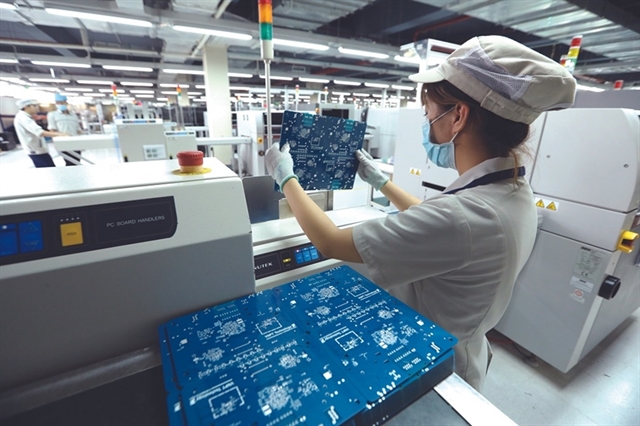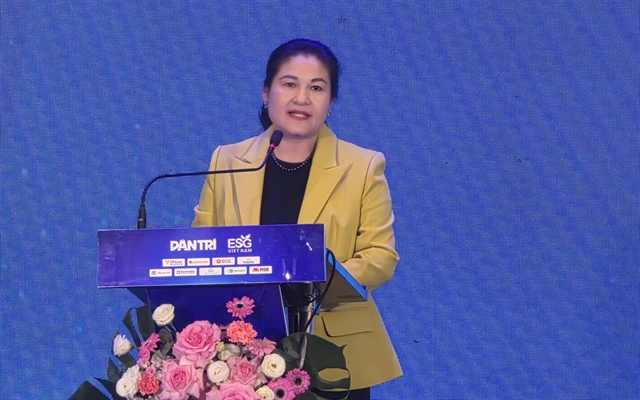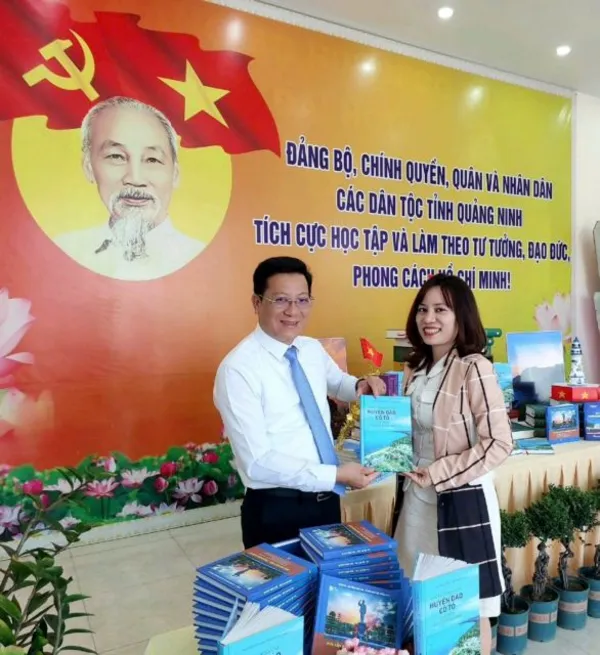 Society
Society

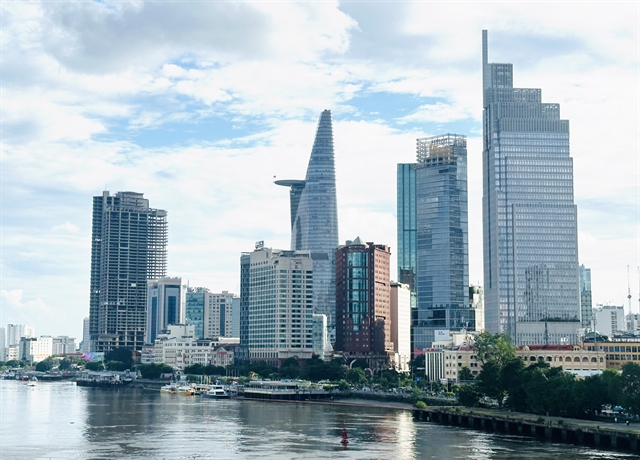 |
| A panoramic view of downtown HCM City along the Sài Gòn River. — VNA/VNS Photo Nguyễn Diệp |
HCM CITY — Experts said HCM City must simultaneously address bottlenecks in infrastructure, governance, human resources, and green development — regarded as the key drivers for its future breakthroughs — to strengthen its position as a leading regional megacity.
As the country’s economic powerhouse, the city contributes around 23 per cent of national GDP and 30 per cent of State budget revenue.
It also serves as Việt Nam’s largest centre for finance, commerce, and science and technology.
However, to reach the level of other major regional metropolises, the city needs comprehensive and strategic solutions in urban management, transport infrastructure, human resource development, and sustainability.
Experts have identified overloaded infrastructure — particularly in transportation — as one of the city’s biggest obstacles to growth.
Hà Ngọc Trường, vice chairman of the city Bridge and Port Association, said that with a population of over 14 million and some nine million vehicles, HCM City’s infrastructure was under immense pressure.
“To ease congestion and enhance competitiveness, the city must accelerate key projects such as metro lines No. 1 and 2, ring roads, inter-regional expressways, and port and airport systems.”
At the same time, modern and transparent urban governance is considered another decisive factor.
Assoc. Prof. Dr. Nguyễn Minh Hòa of the University of Social Sciences and Humanities said no megacity could function effectively without a smart and accountable administrative system.
“The city should continue advancing digital government initiatives, using big data and artificial intelligence for management, while simplifying administrative procedures to improve access to public services,” he said.
The city has begun implementing its smart city development project, establishing a shared data centre and an urban operations hub.
Still, experts believe stronger interdepartmental coordination and sufficient financial mechanisms are needed to boost technology investment and ensure sustainable outcomes.
Residents are hoping infrastructure projects would be completed soon to reduce long traffic jams, Nguyễn Văn Lợi, a resident from Long Trường Ward, said.
“If administrative procedures are also streamlined and more transparent, people will be much more satisfied and confident in local authorities,” he said.
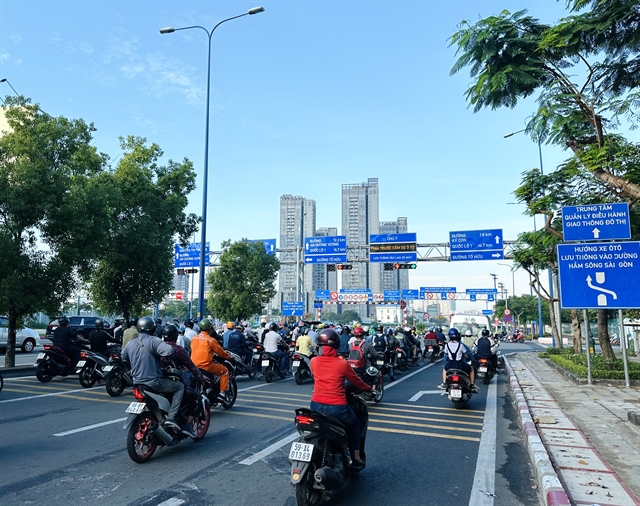 |
| High-rise buildings and busy traffic at the Thủ Thiêm urban area in HCM City, a new financial and innovation hub of the southern metropolis. — VNA/VNS Photo Nguyễn Diệp |
Knowledge and innovation: Engines of a megacity
Infrastructure is a necessary condition, but innovation and human capital are what will truly elevate the city’s global standing.
Economist Dr. Trần Du Lịch said the city must evolve into a centre of knowledge and innovation by attracting top talent, offering competitive environments for international experts, and investing in education, scientific research, and startups.
The city has already developed key innovation hubs — including the Eastern Innovation Urban Area, the Saigon Hi-Tech Park, and the Thủ Thiêm International Financial Centre — alongside a growing startup ecosystem.
These are expected to drive growth in knowledge-based sectors such as AI, biotechnology, fintech, e-commerce, and green logistics.
Assoc. Prof. Dr. Nguyễn Hồng Quân, director of the Institute for Circular Economy Development under Việt Nam National University - HCM City, said circular and green economies would be crucial for sustainable development.
He called for stronger green credit incentives and policies encouraging cleaner production, energy efficiency, and emission reduction among enterprises.
Hoàng Mai Hoa, a worker at Tân Bình Industrial Park, said local residents also hoped to see improvements in quality of life.
“Workers like us wish for more green parks and less pollution. If living conditions improve, we’ll feel more secure staying in the city long term."
International experts say that, in order to maintain its regional leadership, the city must build a global urban brand — not only based on GRDP growth, but also on innovation, talent attraction, and environmental friendliness.
To achieve megacity status, the city will need a comprehensive strategy, with key pillars in modern infrastructure, smart governance, high-quality human resources, and green growth.
With strong government commitment and collaboration from the scientific community, businesses, and residents, the city is well-positioned to affirm its place among Asia’s leading megacities in the near future. — VNS

